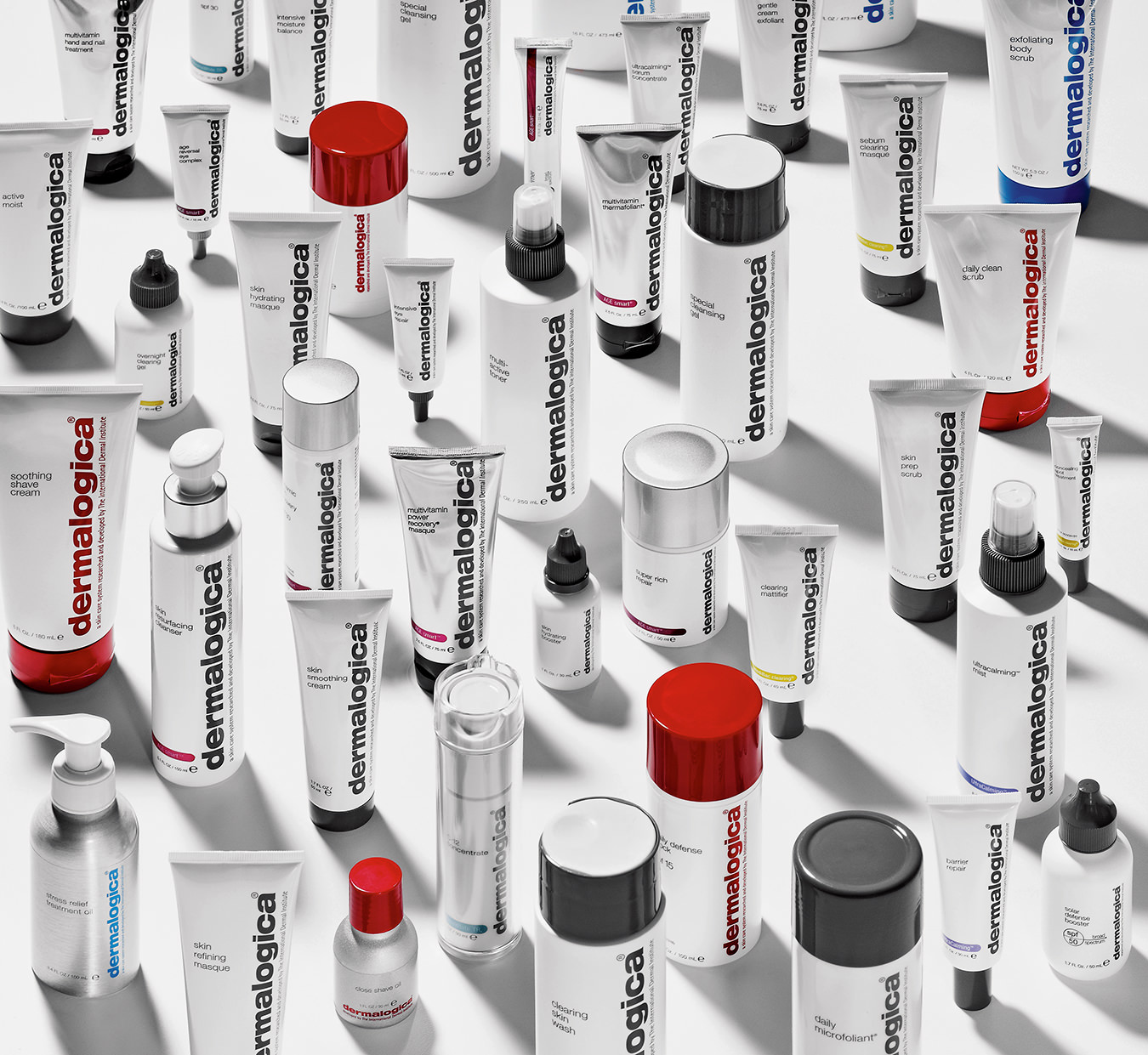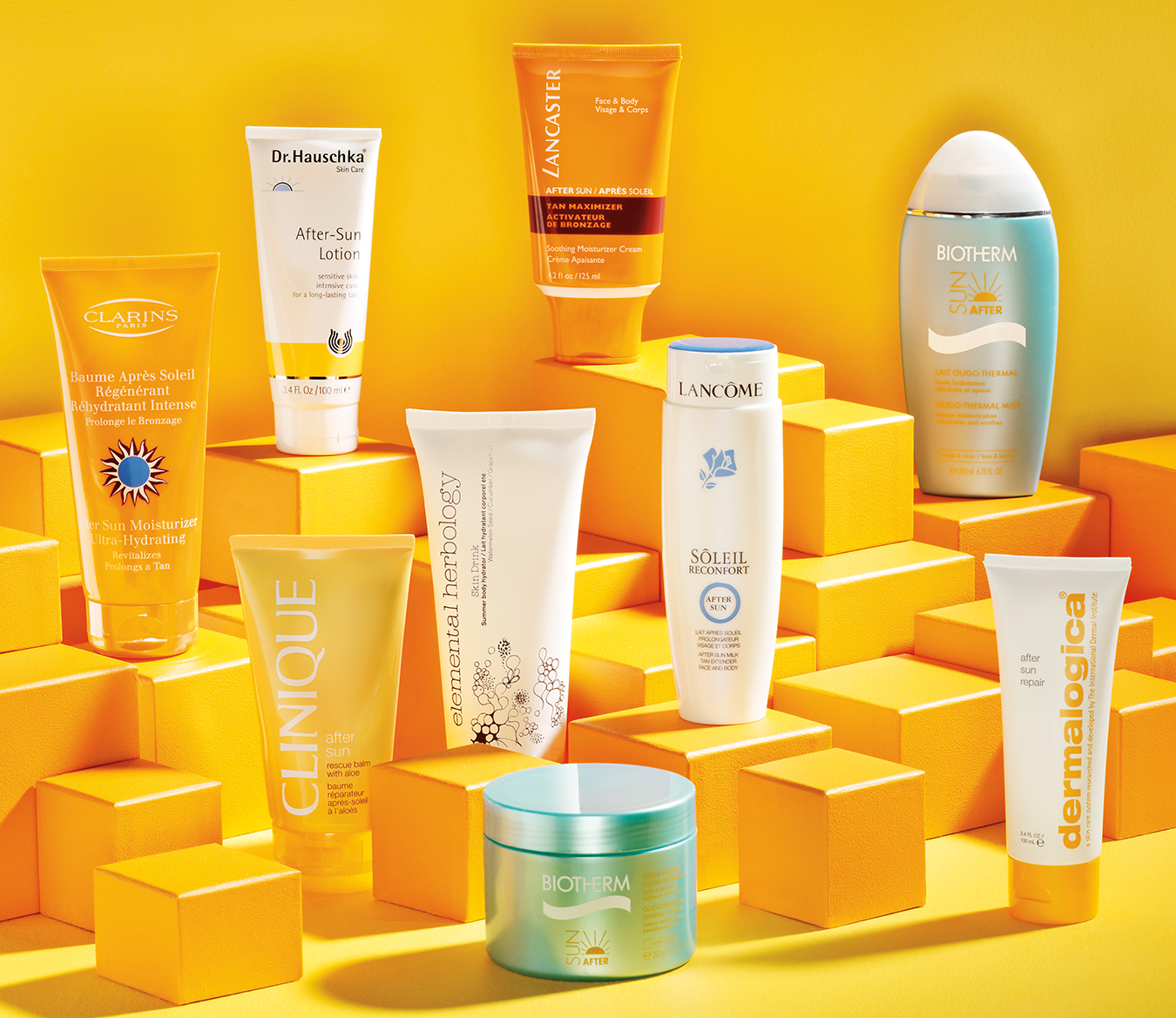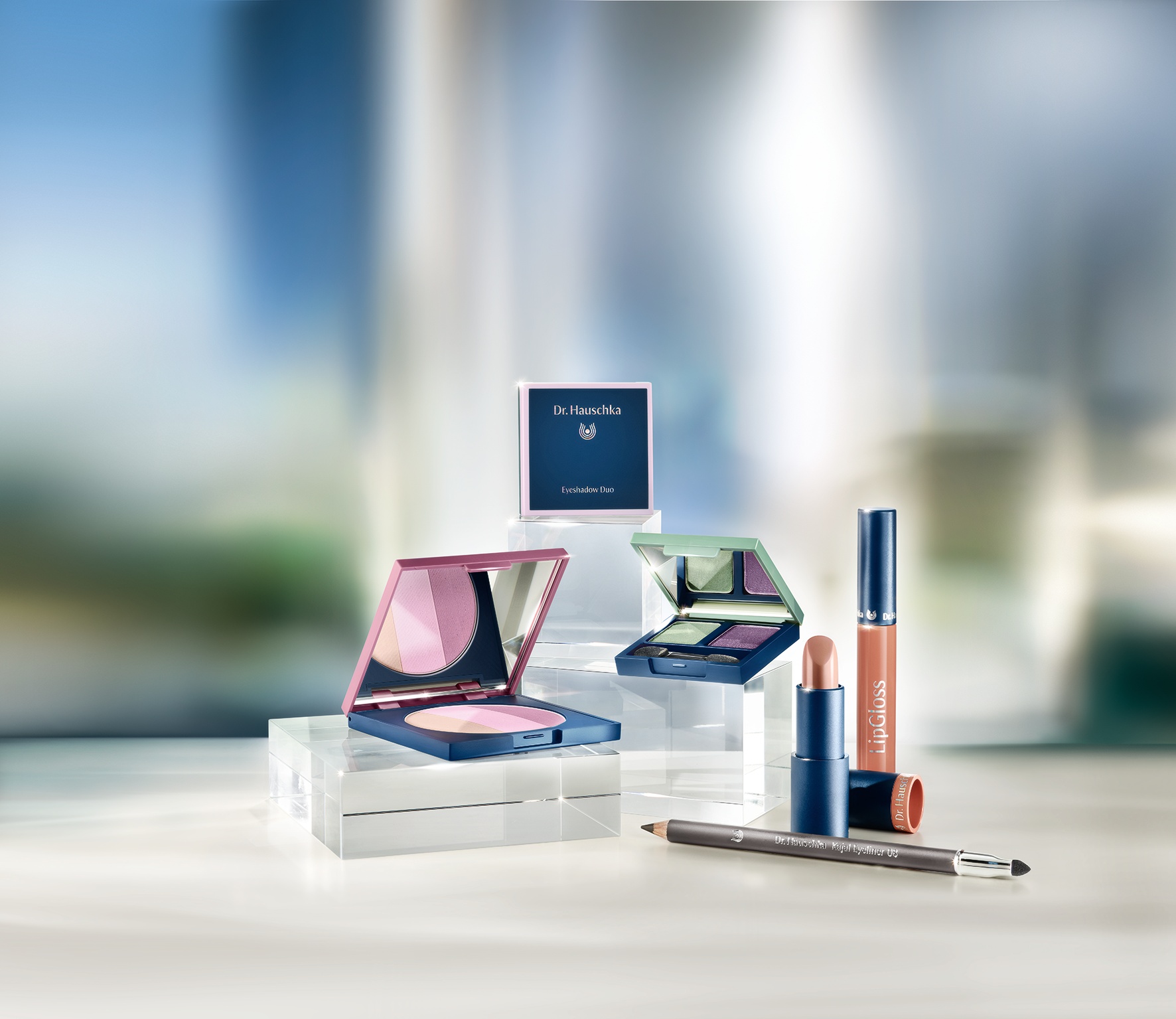Are Waterless Beauty Products Any Good?
Solid state.
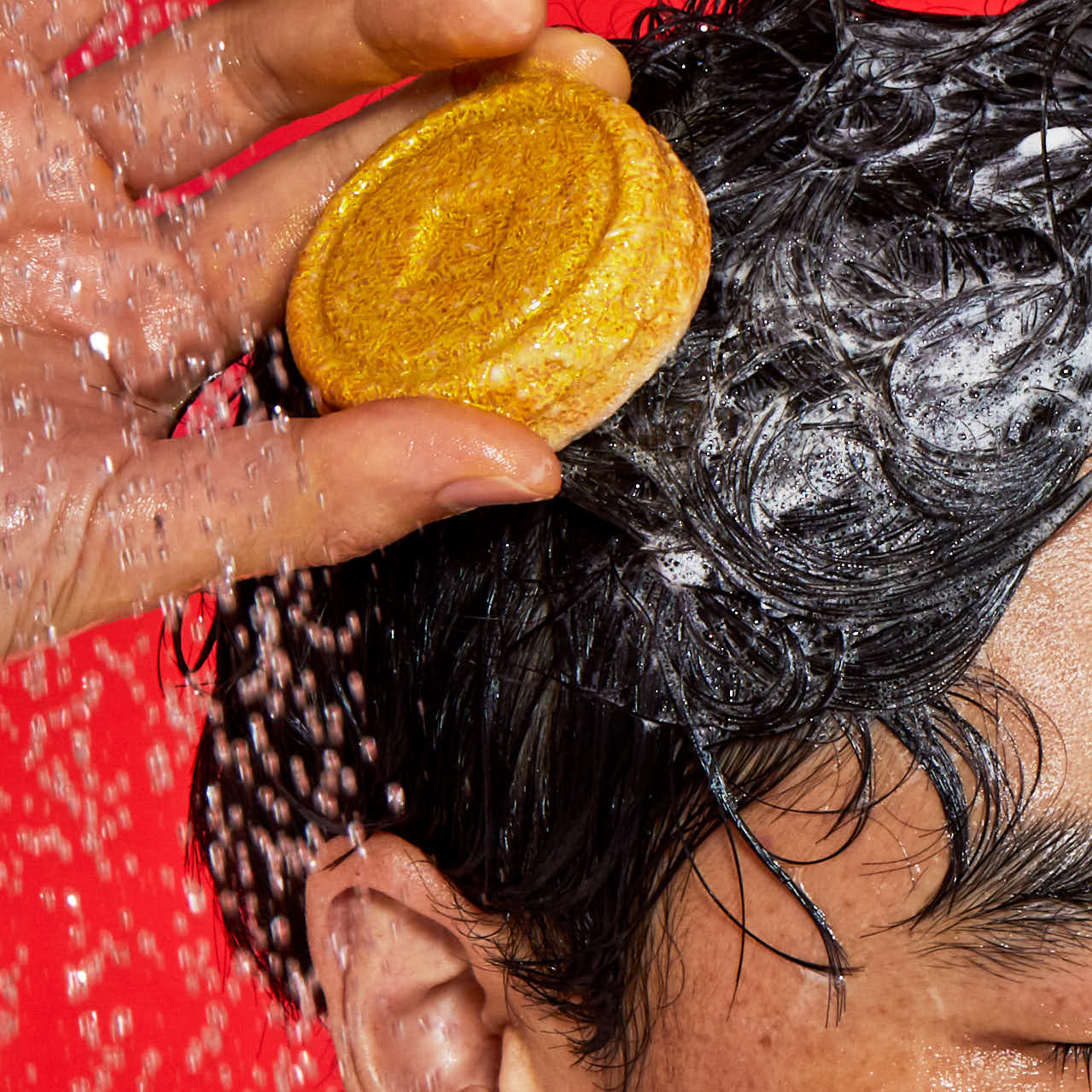
Lush
If you’re skeptical about the trend for waterless beauty products—powders, creams, oils, and bars that contain no H2O—consider this: they’ve actually been around for millennia in the form of something you may use daily. Soap.
Soap is made by taking fat and adding an alkaline ingredient to create a chemical reaction, a process known as saponification. “The challenge or limitation with that is the soap’s pH is high, and normally skin doesn’t like to be at this high a pH, so it can make skin feel dry,” says cosmetic chemist and product development consultant Ramya Viswanathan. Much more recently, chemists developed ingredients called synthetic detergents—syndets for short—which are used in most shampoos, cleansers, shower gels, and face washes. The first syndet cleanser was waterless: the Dove Beauty Bar, introduced in the 1950s.
What’s the appeal of waterless products? There are three good environmental reasons. First, the world’s water supplies are limited—while the world is around 70 per cent water, only about 3 per cent of that is fresh. Second, waterless products are lighter and smaller, so they need less packaging and transporting them en masse produces less carbon. Removing water can also mean you don’t need preservatives (water is required for bacteria to thrive).
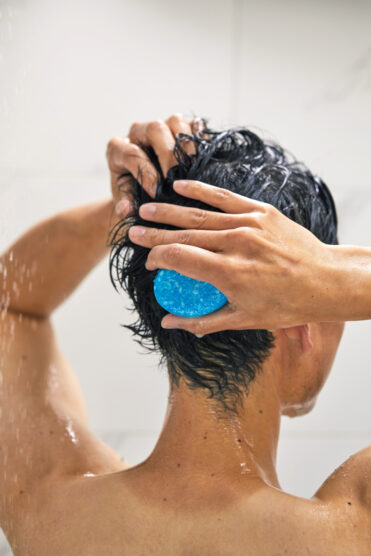
Lush
Cleansing products for face, hair, and body are probably still the most popular waterless products you can get. They typically don’t have complicated formulas with many active ingredients, compared with a serum or other skin-care product. They’re also easy to rinse off, so you don’t need to worry about how the texture might feel on skin or behave under makeup.
Powders are one option. Viswanathan says the first powder shampoo she’s aware of was released in the early 1900s. Dermalogica’s Daily Microfoliant Exfoliator came along in 2001 and is a powder that contains salicylic acid and rice enzymes to exfoliate and colloidal oatmeal for soothing—just add it to your wet palms and use the paste to wash your face. You can now buy solid shampoos for every hair type and at every price point, from mass brands like Garnier to luxe ones such as Christophe Robin and L’Occitane. The general idea is that you’re taking everything you would typically use in a cleansing product, concentrating it, and not adding the water, Viswanathan says.
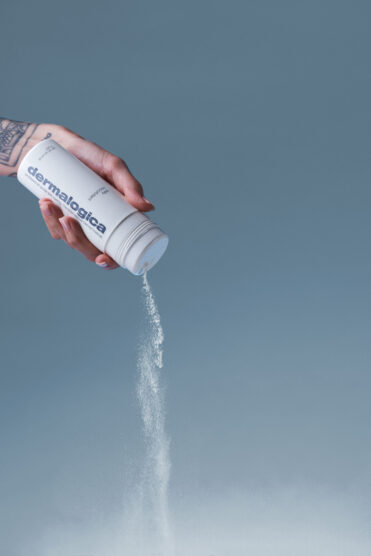
Dermalogica
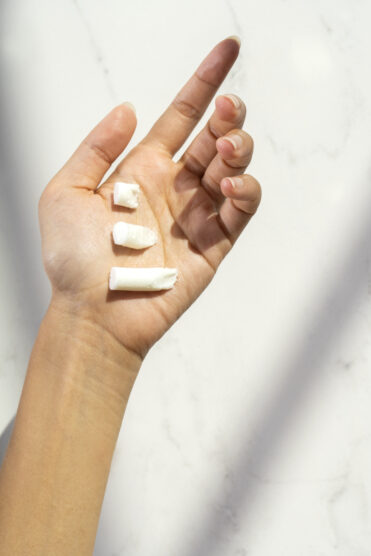
Everist
Bars and powders aren’t too tricky to use, but they can also be messy to store after use. That’s where creams come in. Jayme Jenkins and her business partner Jessica Stevenson experimented with powders, sheets, and pods when they were developing their brand, Everist, which launched in 2021. Eventually, they settled on a cream. “The way we explain Everist is as if we took a shampoo bar, ground it up, and then put it in a moisturizer,” Jenkins says. The moisturizing ingredients are glycerin and aloe vera, the latter of which is also soothing to hair and scalp. The shampoo is thick and highly concentrated, which means you only need a tiny amount to wash your hair (about a one-inch strip for midlength hair, which means each tube lasts up to several months).
This also meant that packaging was tricky for Jenkins and Stevenson. Bottles and jars aren’t suitable for the thick cream. Tubes were an obvious solution, however single-use plastic was a no-no for the founders for environmental reasons. In the end, they settled on a recycled aluminum tube with a key that you turn to dispense a one-inch dose of concentrate. It’s been reformulated multiple times since launch and now includes a bond-building concentrate to strengthen hair and is available in a tin. “You have these really potent active natural ingredients that really give results,” Jenkins says. The brand’s shampoo and conditioner were one of the 100 best inventions of the 2021 according to . In terms of body cleansing, the brand also has a Body Wash Concentrate, which comes in a tin or tube, and Exfoliating Body Wash Concentrate.
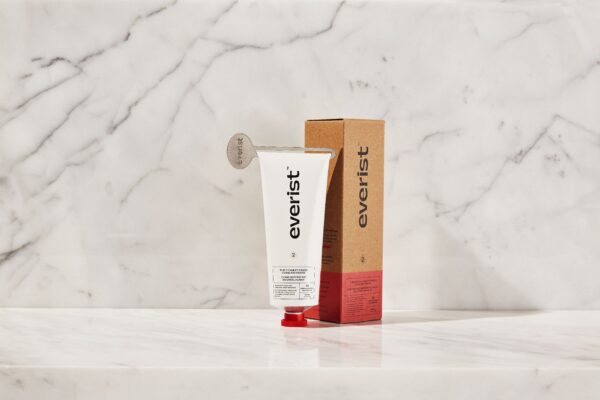
Beyond cleansing, Viswanathan says hair conditioners can also be made water free. There are products like LolaVie’s Glossing Detangler, a spray in which the water is replaced with bamboo essence. But in terms of novel delivery systems, we’re really back to creams and bars. “Conditioners do like to have a lot of water in them, and that’s why they work so well,” Viswanathan explains. “Just because they’re 80 per cent water doesn’t mean that’s bad, because it helps them glide through hair. So for bars to work, hair needs to be really soaking wet.” Conditioning bars haven’t caught on in quite the same way as solid shampoo, but there are some out there from brands including Lush and L’Occitane. Everist’s Deep Conditioning Concentrate comes as a cream that you use the same way as the shampoo, in a tube or tin, and was named best conditioner in Cosmopolitan’s 2023 Clean Beauty Awards.
Other products can be made waterless with more or less success. Retinol is soluble in oil, so it’s easy to find a waterless oil such as Drunk Elephant’s A-Gloei. More innovative is Peace Out Retinol Face Stick—the brand also makes a version for eyes. Solid sunscreens are a great option for on-the-go touchups. Shiseido Clear Sunscreen Stick SPF50+ is a chemical sunscreen that offers an invisible shield. If you’re more of a mineral sunscreen fan, you can probably expect a bit of a white residue from a stick formula as mineral sunscreens can be difficult to rub in. Sun Bum’s SPF 50 Sunscreen Face Stick is a good nongreasy option. Many makeup items like lipstick, eye crayons, and foundation sticks come in stick form—Charlotte Tilbury’s latest has hyaluronic acid for hydration and vitamin E for soothing.

Viswanathan says there are some limitations to what can be waterless—glycolic and lactic acid require water to work, for example. “Drier skin might benefit from balmy products, but some people just won’t like the feeling on their skin,” she says. That means that for the main part, you won’t be able to ditch your liquid serum or moisturizer just yet.
But as we approach travel season, there’s some benefit to going as waterless as possible. Shampoo bars, conditioners, lipsticks, foundation sticks, and crayons don’t count as liquids for carry-on baggage, and nor do cleansing powders. Creams and pastes are limited in luggage, but Everist’s are so concentrated that the full-sized tubes are just 100 millilitres.
Where next for waterless beauty products? Jenkins says it’s still early days, but the sky’s the limit. “I don’t think it’s a trend. I think it’s the future of all consumer goods,” she says. “The story is there, and the momentum is catching on.” The most important thing for her and all brands is to make sure they’re communicating the benefits to customers rather than just talking about what’s not included in the product.

